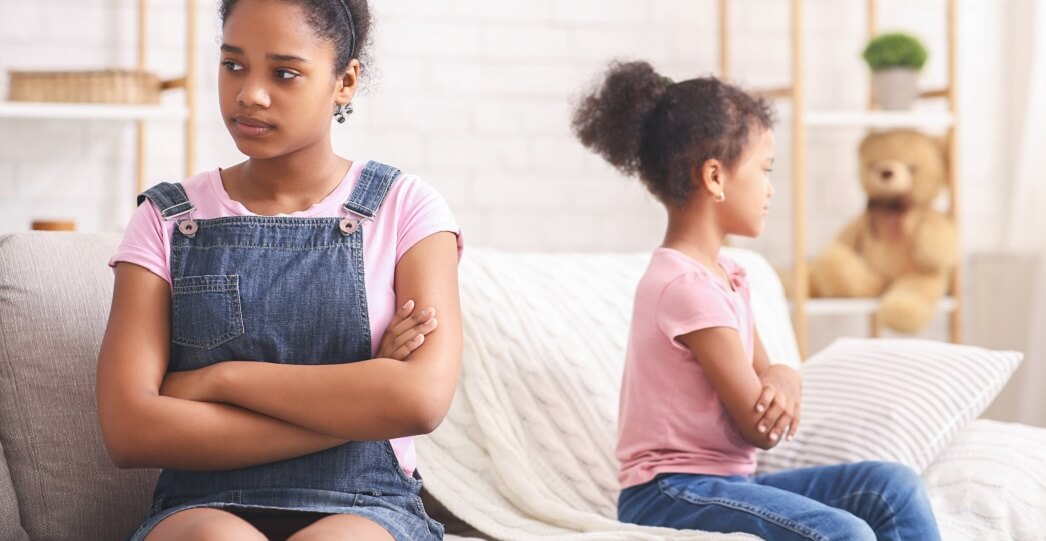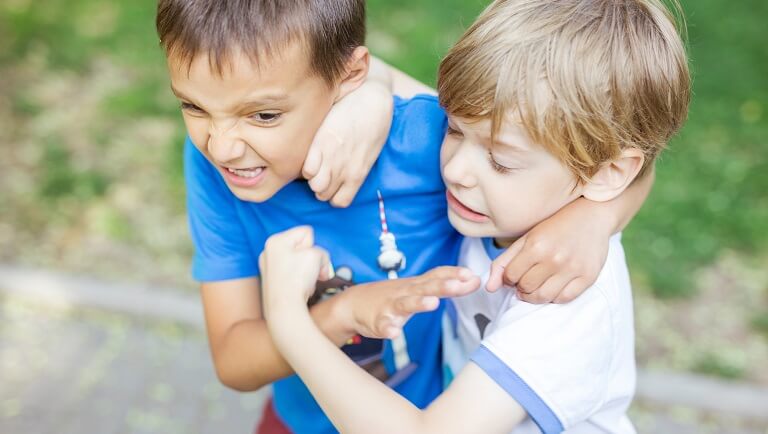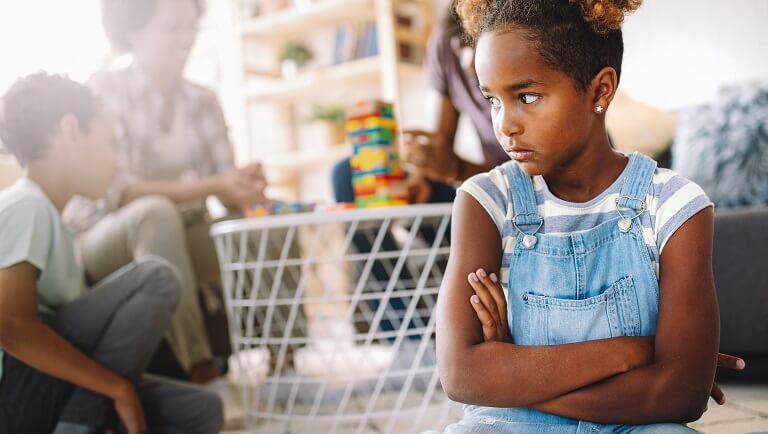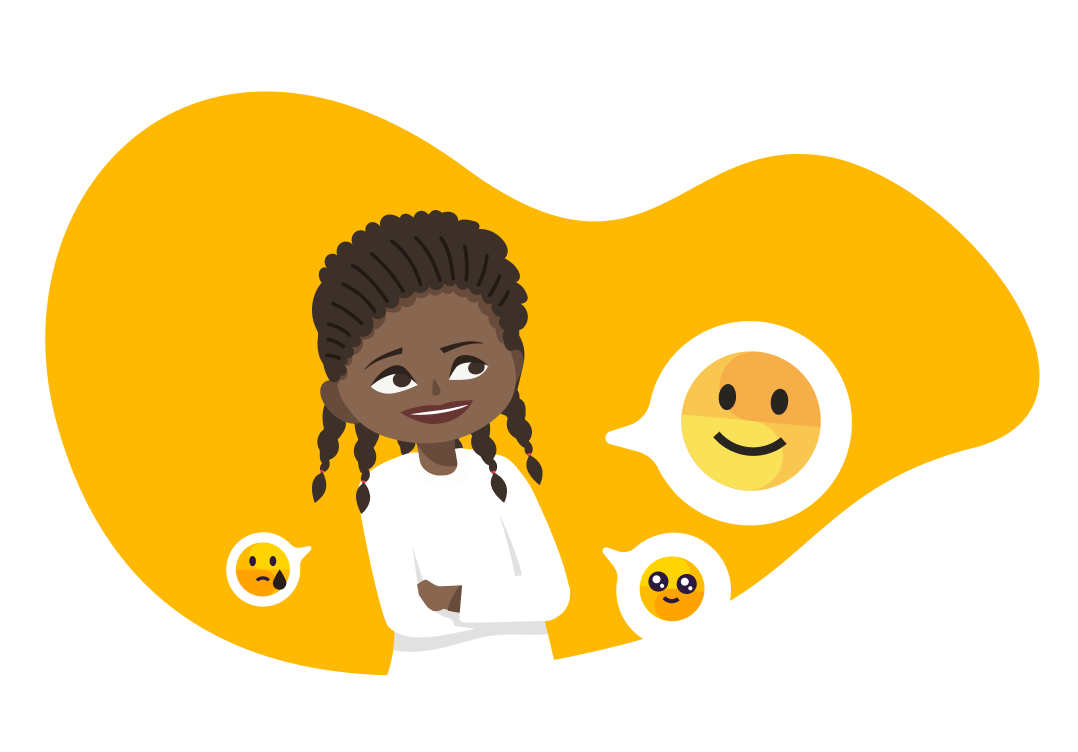
How to teach a kid conflict resolution skills
Conflicts are constant companions of our life. In some situations, it is enough to misunderstand the word spoken by the opponent; against the background of this, a conflict situation arises. However, the conflict itself is not destructive. The danger lies in something else — the reaction and behavior of the conflicting parties.
Psychologists all over the world agree that children are more prone to conflict than adults. After all, at different ages, the interests of children differ. Moreover, the younger the child, the greater the likelihood of getting into a conflict situation. This is due to insufficient life experience and inability to control their emotions.
What is conflict?
In Latin, a conflict means a clash of opposing opinions, interests, views, or goals that different people adhere to. Despite a certain denial of the unity of goals and ideas, it is precisely the conflict that is a good source of self-study, self-education, and life experience for children.
Very young children, who still have poorly developed spoken language, often use physical strength to express their opinion when communicating with peers. After all, it is not always possible to agree. Boys show great aggression towards the people around them since this behavior is often encouraged by their parents. For example, fathers teach their children to fight and give back. For many adults, such upbringing is considered the norm.
However, there are many “peaceful” ways out of conflict situations. Each person chooses options for resolving conflicts for himself independently, depending on gender, age, and individual character traits. For example, sociable children find ways to negotiate with other children, soft and calm ones try to avoid controversial moments. Meanwhile, impulsive and quick-tempered ones do not see other ways to solve the problem except for the attack.
How to resolve conflicts correctly?
Conflicts differ. Therefore, you need to solve different types of situations in different ways. For example, there are “clashes” in which children show irritation, aggression, and rudeness. In such situations, they try to find ways to offend the other person. But this behavior may result from a child’s poor health, who thus tries to protect and distance himself from the world around him.
In this situation, the conflict can be resolved very simply. It is enough to approach the child, hug him and calm him down. This will work much more efficiently than scolding or offending. If the dispute arose over the assessment of the child’s needs, in this case, a different approach is required — a constructive conversation without explicit pressure from the parents.
Conflict resolution is a very delicate issue. It is essential to find a mutually acceptable solution that suits both parties. Controversial situations arise on the border of the clash of opinions and interests of the interlocutors. Therefore, a correct and competent solution to the conflict presupposes the determination of the goals and motives pursued by each of the parties. Often this becomes enough for the conflict situation to be settled.
For example, a boy continually annoys one girl, trying to get her attention because he likes her. The girl is angry with her offender, but only until she finds out the true motives of such behavior.
Of course, intention is not an excuse for action. However, understanding the essence opens up new methods of conflict resolution. Thus, with the determination of the motives of the conflicting party’s behavior, you can understand exactly how to continue communication with the interlocutor.

Physical force or avoidance of conflict are not constructive methods of solution. Avoiding overt conflict inevitably leads to the formation of latent conflict. A frank showdown, as opposed to hidden clashes, most often leads to a resolution of the situation, mutual understanding, and the establishment of relations.
All children quarrel, different views on the same situation lead to the need to sort things out. Children can be extremely aggressive, it’s true. Therefore, it is essential to teach children the ability to negotiate, resolve differences through conversation, and consider the other side’s opinion.
What conflicts can children face?
From an early age, children conflict. Still, most often, children are faced with such types of controversial situations as:
- child — class;
- child — teacher;
- parent — teacher;
- child — parent (yes, we are talking about you).
Child — class
School relations cannot always be harmonious. This applies to the relationship between children in kindergarten, in the yard, at school. Consider situations that arise most often — collisions of interests in the school team.
For example, an already formed group of guys who literally know everything about each other is reluctant to accept new members. After all, a newcomer can easily take a leader’s place or become a favorite for teachers, standing out for non-standard behavior or appearance. Even when a newcomer tries to be friendly, clashes of interests occur.
The reason is that the team perceives the new member as a destructive factor that can change the already established and customary way of life.
“Non-standard” behavior is another factor that causes conflicts of interest. This is clearly manifested among adolescents, who clearly distribute roles in the team, using different methods for this.
Most classmates may oppose one child who has a non-standard appearance and does not behave like everyone else. Teenagers perceive the world around them in black and white — there are no halftones for them. Their attitude towards others is manifested only from the position of “like it or not like it”. Therefore, conflicts in adolescence are extremely violent with various methods of sorting out the relationship.
Child — teacher
In this situation, the interests of different generations collide. It will be possible to competently get out of the conflict without negative consequences only if the teacher makes a compromise. It is important here that an adult put himself in a student’s place and try to understand the reason for his behavior.
Clashes of interest between educators and students can have not only academic overtones but also personal animosities. In the first case, the student does not like the preconceived attitude towards himself.
The child thinks that his efforts are underestimated. At the same time, the teacher, on the contrary, encourages other classmates, even if their success is much worse. In the second case, collisions arise against the background of the fact that the teacher does not perceive certain features of the student’s appearance or behavior or vice versa — the child does not like the teacher for some reason. Such disagreements are fraught with danger since the entire team is involved in their resolution.
Parent — teacher
Here the child is not a direct participant in the conflict but still takes part in it.
Misunderstanding between teachers and parents arises from the prejudice of teachers towards their child. Parents cannot stand aside when a child, returning from school, continually complains about a particular teacher. In this case, the parents take the side of the child.
If the parents are active enough, the conflict spills out into the classroom. Parents write complaints and agitate other parents against the teacher. However, if the teacher continues to teach your student, the real attitude towards him will become even worse.
However, this development of the event can be avoided. To do this, parents and the teacher just need to discuss controversial issues and find a compromise solution. We are not going to give you the one true resolution because it depends.
Child — parent
And the last situation deserves to be viewed in detail. We will do it later in the article.
Why is it essential to teach a child to resolve conflict situations?
The ability to get out of conflict situations is one of the basic skills that every child must master. A child gains independence, self-confidence, the experience of negotiating by entering disputes. A kid also gains an understanding of the reasons for disagreements, as well as other skills that will be useful for him in adulthood.

However, many adults tend to move away from conflict to avoid possible negative consequences. But the world around us is so arranged that unresolved problems have to be solved sooner or later. After all, the world cannot exist without clashes of opinions and interests. The emergence of conflict situations is an excellent opportunity to show diplomatic skills based on respect for the opponent.
Interestingly, children at a very early age can peacefully resolve emerging disputes. Even two- and three-year-olds are able to defend their rights, to declare their desires and feelings. Older children are good at negotiating, finding mutually beneficial solutions and compromises.
For a child to learn to deal with conflict situations, he needs practice. Even minor conflicts of interest between peers help children acquire important communication skills.
Elaine Mazlish and Adele Faber — psychologists, world-renowned experts in the field of communication with children, argue that it takes a lot of time for children to acquire and master the skills to identify the causes of conflicts and resolve them. According to the experts, children learn these skills by about 11 years old.
Should parents intervene if a child has a conflict with other people?
It depends on the specific situation and whether the conflict threatens the child’s psychological state, health, and life. Here are the most typical examples of situations in which progressive parents can intervene and in which they should stay aside.
Your kid was offended by a classmate
Parents do not need to intervene in such a conflict, but it is necessary to talk with their child to find out all the circumstances. The child needs help with advice so that he or she feels supported by the parents. This way, parents, without direct intervention, will help their child gain valuable experience of behavior in controversial situations.
The kid was offended by a high school student
This requires parental intervention, especially when a child is publicly humiliated, beaten, or extorted for money. The result of such an attitude can be serious psychological or physical trauma to the child, which will remind of itself in adulthood. Parents need to talk to the abuser. If this is not enough — seek help from the administration of the educational institution.
What if parents have a conflict with their own child
There are many reasons why disagreements arise between parents and children. This is school failure, bad behavior, arguments about friends, childish incontinence. But there is a way out of every situation, and a peaceful one.
However, parents often try to suppress the child’s opinion with their authority. They act through pressure and punishment. Such methods are ineffective. Submitting a child to your will, you simply oppress his potential, which he can use to resolve controversial situations in adult life.
Here are the general principles of conflict resolution, which suggest the following actions from parents:
- Understand the reason for confrontation deeply, controlling your emotions.
- Determine the goals that the child pursues, plunging into conflict with the parents.
- Talk to your child calmly, without remembering past grievances and without raising your voice.
- It is imperative to listen to the child who will express his position in a confidential conversation.
- There is no need to try to convince the child that his methods of confrontation are ineffective.
- Listen to the child’s suggestions for a way out of this situation, and then offer your own.
- Find a compromise, taking into account the child’s own interests and opinions.
- Confidential conversations and mutual understanding in the family should be the norm. If parents use authoritarianism and suppression to resolve disagreements, then the child’s behavior in controversial situations may be unpredictable.
Moreover, the behavior of parents is going to become an example for a kid. In the future, when communicating with peers, he will behave in the same way — defend his position, excluding the possibility of calmly agreeing.
How to teach a child to resolve conflicts so that he can competently get out of them?
You need to start by demonstrating your own example of behavior. Some psychologists argue that children should not see their parents quarreling. However, children can witness conflicts, but parents should not, in a fit of emotion, say offensive phrases to each other or use assault.

Looking at parents’ conflicts, which are resolved constructively, the child gains experience of how to competently and civilly resolve their own differences.
Teaching a child to correctly resolve conflicts will work out if, during a quarrel, parents adhere to the following rules:
- Do not insult your spouse, and do not allow insults to your address. It is necessary to evaluate not the personal qualities of the partner but his actions.
- It is necessary to resolve the disputes that have arisen at the moment and not remember what happened a few years ago.
- Talk about your feelings. Resentment, anxiety, fear — your experiences need to be spoken out loud.
- Be clear about your suggestions and wishes, avoiding hints and assumptions.
- Do not be categorical; it is important to find a compromise even in the most difficult situation.
- As you can see, the word of the day is “compromise”. It seems obvious, but still, so many people are ignoring this simple rule.
Conflict resolution activities for kids
It is important to teach the child how to get out of conflict situations correctly. So you can form not just the character of the child, but make him a successful person who knows how to negotiate in any situation.
The child must know the basic steps to resolve conflicts. They include the following behavior:
- Do not ignore the conflict — this approach will not bring the desired results. Disagreements themselves cannot be resolved. On the contrary, the situation will only worsen. Avoiding conflict will lead to the fact that the dispute will repeat itself, but in such a form that the child can no longer ignore it.
- Attention should be paid not only to external but also to internal conflicts — parents can always notice external signs of a child’s anxiety, but it is extremely difficult to determine his internal state. It is important to constantly talk with your child and maintain a trusting relationship. This will help eliminate the child’s psychological isolation, which can lead to panic fear of communicating with other people.
- It is necessary to understand the cause of the conflict. When the child learns to independently determine the causes of disagreements, he will be able to find the right ways out of difficult situations. He will be clearly aware that his goals, desires, and needs do not conflict with the values and priorities of others. The child will learn to make the right choice, resolving conflicts only through diplomatic means.
That was the base. Now let’s move to activities themselves.
There are three strategies for resolving conflicts:
- To abstract from the situation — one should not move away from the conflict but try to get around the controversial moment using available methods. It is impossible to bring the situation to verbal humiliation and fights so as not to develop a feeling of mutual hatred in the opponents.
- Suppression and punishment — this approach leads to the fact that obvious omissions and disagreements fade away, but in their place come hidden forms of aggression. Children begin to look for ways to solve the conflict in a secluded place. Simultaneously, suppressing the opponent’s opinion can be done with the right actions, and cunning techniques can be used as punishment. This may be the refusal of several children to play or walk with the “guilty” child or a refusal to help them do difficult homework.
- Cooperation is the most effective strategy that helps the parties to the confrontation to reconcile. Here joint affairs come to the rescue. However, both parties of the conflict must voluntarily agree to reconciliation and begin to cooperate with each other.
To sum up
Each family has its own traditions and attitude to life. Therefore, it is difficult for people around them to give universal advice on how to behave in a certain conflict situation for a child.
Psychologists and educators pay attention to the fact that children need to learn how to independently resolve disagreements with other people. After all, if a child does not experience conflict situations in childhood, he will not be able to understand how he needs to behave in adult life.

new engaging articles



